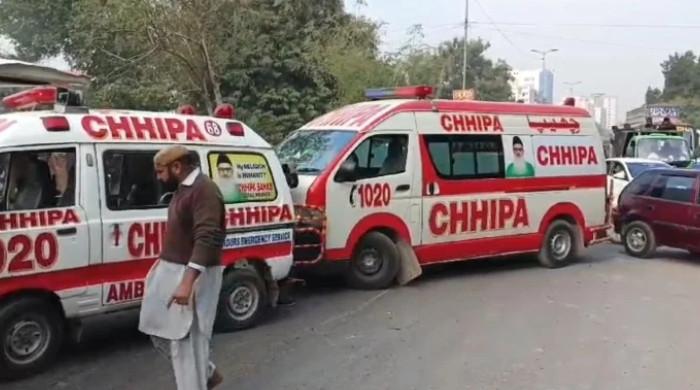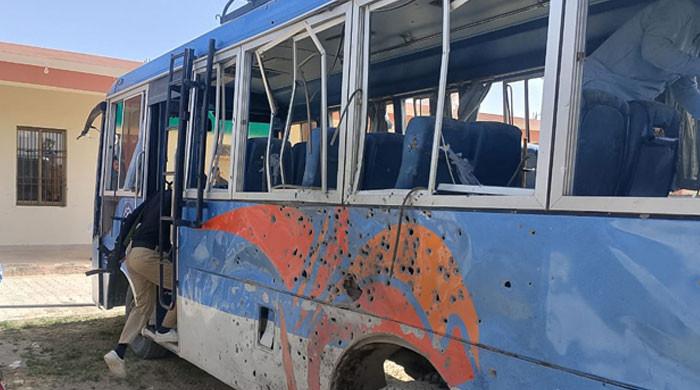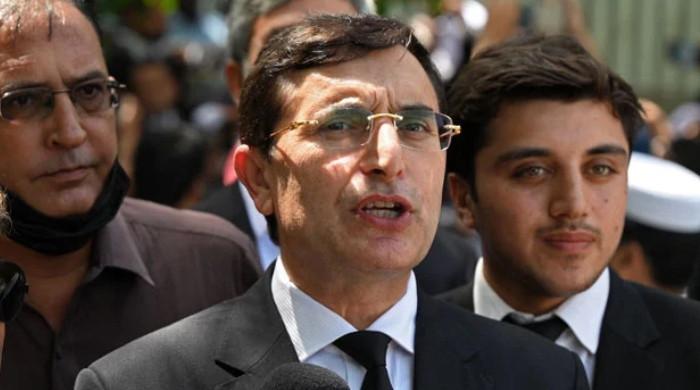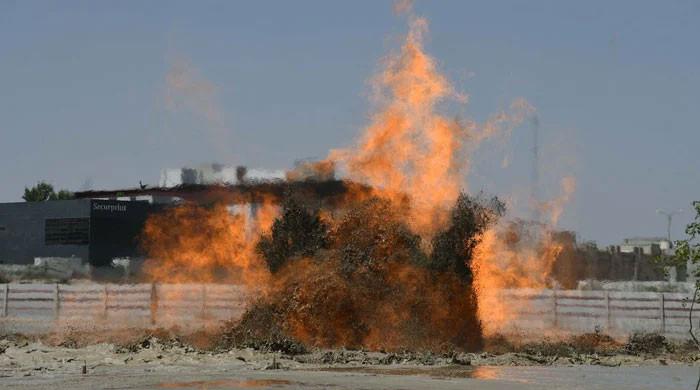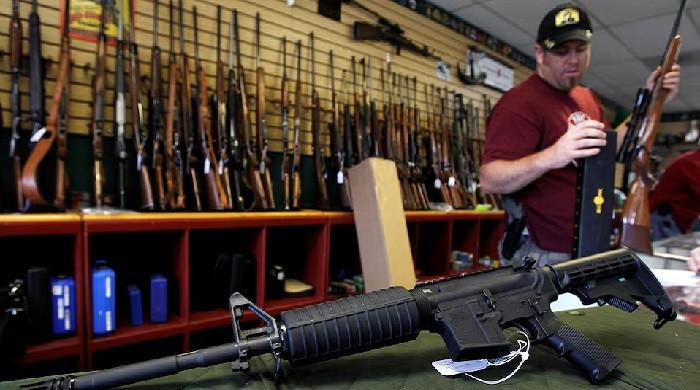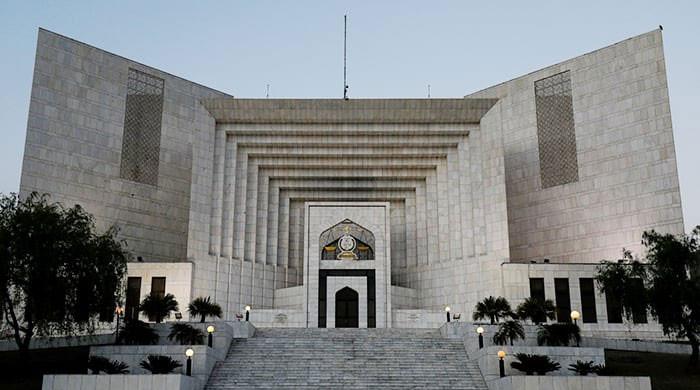COVID-19 in Punjab: Doctors breathe a sigh of relief, but fear a spike after Eid
Overworked doctors in stretched to capacity hospitals are running short on beds and ventilators in the intensive care units
June 30, 2020
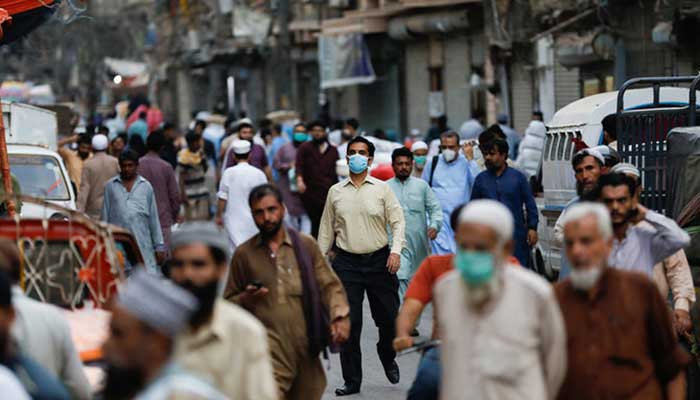
For a month, starting mid-May, the emergency room at the state-run Services Hospital in Lahore was overflowing with critically ill patients.
“We were reporting 25 deaths every day,” Dr Muhammad Aqeel, who works in the COVID-19 ward of the hospital told Geo.tv. “These were confirmed cases of coronavirus, as well as those we suspected, had been infected before their demise.”
Overworked doctors in stretched to capacity hospitals were running short on beds and ventilators in the intensive care units. But then unexpectedly, last week the number of sick began falling, as did fatalities, offering healthcare workers a glimmer of hope.
A few days earlier, on June 15, the Punjab government identified several hotspots of the deadly disease in the most-impacted cities and restricted movements in these areas.
But for Dr Aqeel, the sharp decline in cases was not due to the sealing of residential areas, which was too recent a measure to show results. “The spike in cases that we witnessed last month was due to the massive spread of the virus during Eid holidays [in May].”
The young doctor is referring to Prime Minister Imran Khan’s announcement on May 7 to ease a three-week lockdown in the country prior to Eid holidays. Shortly after, the highest court in the country also ordered shopping malls to reopen.
Small and big markets, retailers and allied industries were allowed to lift shutters on the condition that all sectors will strictly follow safety guidelines.
But few did. Media channels telecasted images of crowded markets and showed rampant violations of government-mandated health protocols.
Yet, there has been a significant drop in those walking through hospitals doors. Dr Amara Khalid, who was overwhelmed with patients last month, admits she too was surprised when on June 19, she only received three new patients at the hard-hit Mayo Hospital in Lahore.
“It was quite surprising for us to see how the patients were overflowing in the ER one week and to only have three patients in a six hours shift the next,” the young doctor told Geo.tv. “Two of the three patients we got even wanted to go home after understanding the basics of treatment.”
Dr Khalid agrees with her colleague at Services Hospital that the sudden ease in restrictive measures by the government had brought hospitals to a breaking point. “Majority of the patients we received, who got infected around Eid, have either recovered or unfortunately died.”
Official numbers also support what the doctors are reporting. Punjab recorded its highest tally of daily cases, 2,705, on June 12. But from June 19, infections have been on a downward slope. Although, at the same time, test numbers in the province have dipped drastically, from June 17 when Punjab sampled over 11,000 tests in a day, its highest to date.
On June 29, Punjab carried out only 7,729 tests, against a testing capacity of 17,320 per day.
Despite what the numbers tell or don’t tell, doctors warn that the risk of the infection is still very much present and now is not the time for complacency. A big threat, they add, are the next Eid holidays slated for July.
“I do fear a spike after holidays,” said Dr Khalid, “People are still not taking this virus seriously. They still insist it is just a hoax.”
Dr Nauman Hussain Chaudhry, who works at a public hospital in Dera Ghazi Khan, has experienced the same kind of hesitation from people refusing to be tested or treated at a public health facility.
“People prefer to be quarantined at home rather than at a health facility,” he told Geo.tv. “There is this strange belief amongst a lot of people that they will be administered a poisonous injection at the hospital, which is why they stay away.”




